This unusual book is beautifully written, produced and illustrated, but its subject — the small Slender-billed curlew — is strangely absent. In his ‘introduction to a ghost’, Horatio Clare explains that, when he was commissioned to tell the story of the western world’s rarest bird, it did, at least officially, still exist. This grail of the birding world, which he has never seen, he describes as a beautiful creature, a species of curlew plumaged in a blend of whites and golds, with dark spots on the flanks, slim and graceful of form, more refined than the plump common curlew, with a thinner down-curving beak which makes it look as though it is chewing a stem of grass.
He tries to trace it in Sicily, Italy, the Peloponnese, the Balkans and Turkey. Clare is adventurous, and in his impressive book Down to the Sea in Ships he travelled on two container ships, depicting the hard lives of the sailors.
In this new, slimmer story, it is the men that he encounters, through their own quests for the elusive curlew, who stand out. I felt sometimes that the author was in a straitjacket, longing to travel further and experience other unusual characters. One is Istavan ‘Steve’ Moldovan, whom he first meets in the medieval Romanian town of Sighisoara, after breakfasting on bear salami. Steve bounces through the guesthouse gate,
a broad man in his prime, intense olive-coloured eyes and a double crease below his brows. ‘Birdwatching, my passion.There is only time for work and my hobby. I am Romanian, Hungarian and German. I am selling bill acceptors for cash machines, slot machines. No family! It’s not about business but about birding.
Steve’s quest drove him to northern Egypt:
I went to the bird markets alone. All along the Egyptian coast there are bird markets and mist nets, nets for quail and corncrake. If you go to Alexandria, El Alamein, to the German Monument, there are nets. They can’t be removed because the Bedouin, only the Bedouin, have the right to hunt and collect there. Along the whole north coast there are 10,000 birds for sale every day — passerines, shrikes, raptors.
Clare clearly admires these eccentric, passionate men for their determination to conserve wild life in hostile environments. Steve declares: ‘I would go to the taiga [the Siberian breeding-ground of the Slender-billed curlew] and eat bread for a month and be eaten by mosquitoes if only I could see this beautiful bird.’
Dr Kiss, a Picasso-lookalike, a Hungarian Romanian from Transylvania who lives on the southern edge of the Danube delta, did see, years ago
in a small channel with marshes on both sides, a small pale curlew, like a greenshank pale, and the bill was different. If you ask me today why I did not shoot it I can’t tell you.
Dr Kiss was then a hunter and a biologist — both at once, he declares — and met Ceausescu, ‘who wasn’t even as tall as my dog is long’. The communist dictator was, briefly, a keen hunter, so forbade tourists to shoot his prey. After Ceausescu tired of hunting, says Kiss, the Italians were given carte blanche to return to Romania and shoot hundreds of larks. ‘Some of them work with huge refrigerated lorries.’
Kiss, who no longer shoots, despised the mega-paranoid communist agriculturists who tried to grab land of any kind, even that which was unsuitable for farming. There was an absolute conviction that wild species were in competition with agriculture. They decided to shoot cormorants, pelicans and egrets.
Decades earlier, ornithologists would shoot, then preserve, rare specimens. Clare cites Valentin Ushakov, from the Tara region of Siberia, hunter, ornithologist, writer, naturalist and egg-collector, who in 1908 recorded discovering 14 Slender-billed curlew nests. He also spotted four pairs in a large swamp and shot one curlew, recording sadly that its mate flew around his head uttering pitiful cries.
Contrast this with Christian Mihai, a stork-like man with a beguilingly mournful face, the foremost bird photographer in Romania today, whom Clare accompanies to the Black Sea coast. He finds Christian’s subsequent photographic images bewitching:
‘Who knew a sanderling is so beautiful — a creature made of snow and cream, feathered with light?’ This sentence alone makes me want to read everything Horatio Clare writes.
Got something to add? Join the discussion and comment below.
Get 10 issues for just $10
Subscribe to The Spectator Australia today for the next 10 magazine issues, plus full online access, for just $10.
Available from the Spectator Bookshop, £10 Tel: 08430 600033
You might disagree with half of it, but you’ll enjoy reading all of it. Try your first month for free, then just $2 a week for the remainder of your first year.

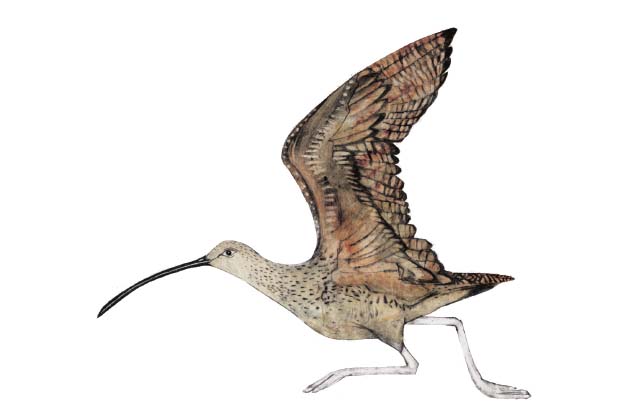


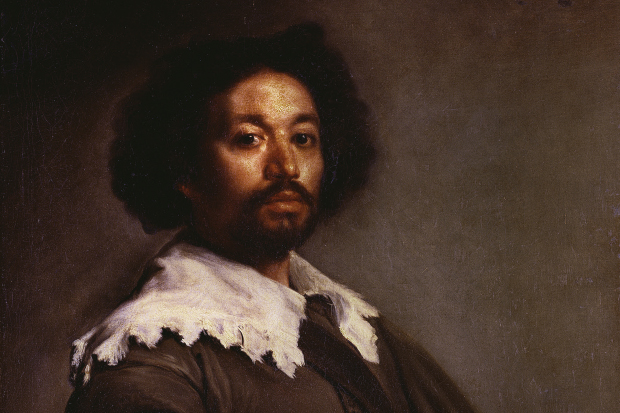
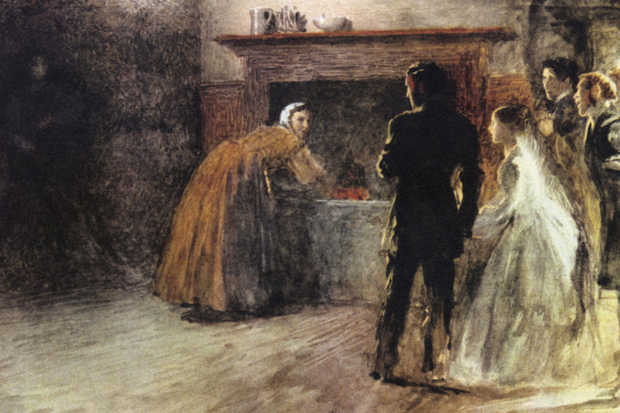
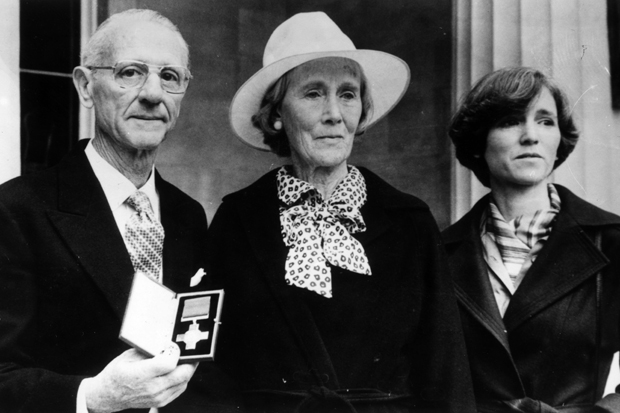
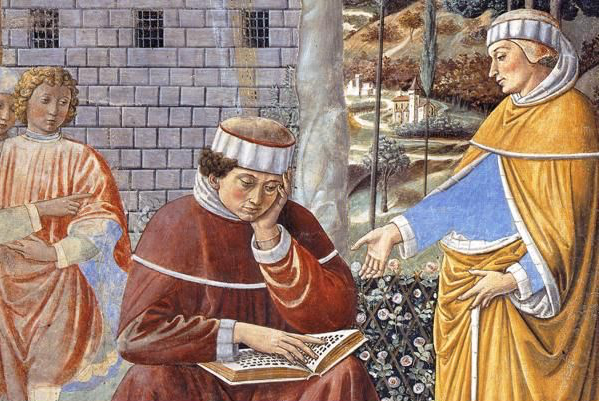






Comments
Don't miss out
Join the conversation with other Spectator Australia readers. Subscribe to leave a comment.
SUBSCRIBEAlready a subscriber? Log in